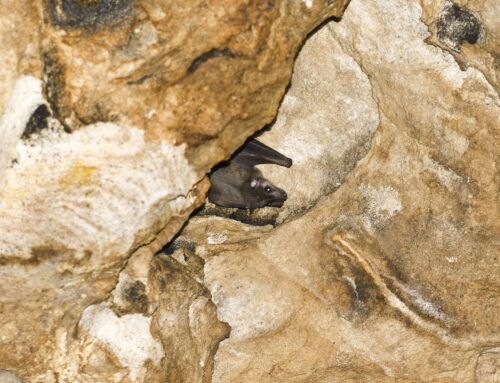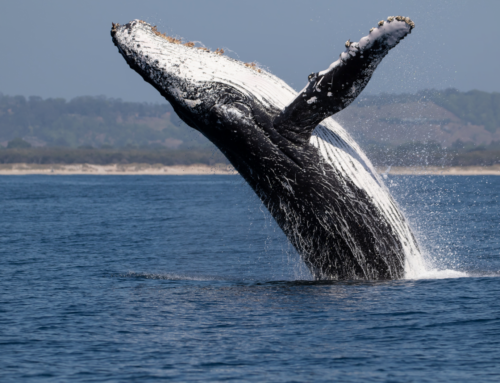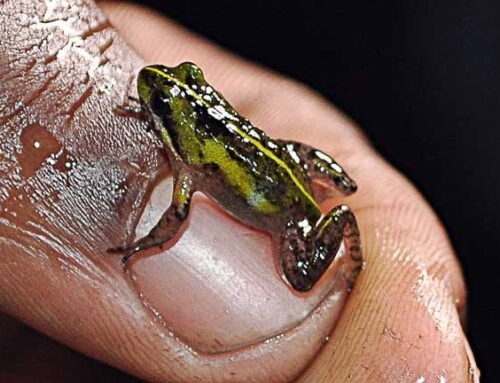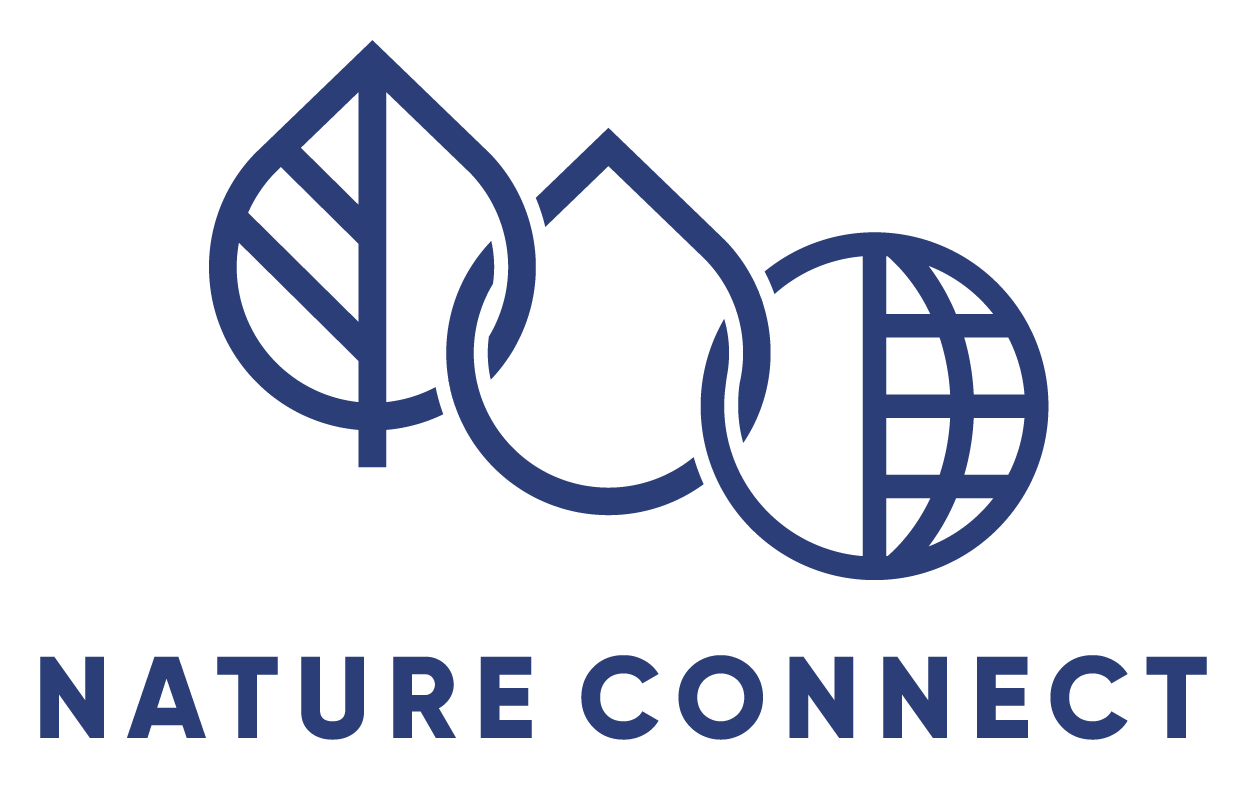Happy World Wildlife Day! This year’s theme, “Partnerships for Wildlife Conservation”, highlights the importance of collaboration among stakeholders to ensure effective conservation of wildlife. Aligned with this theme, Nature Connect understands the importance of partnerships in achieving sustainable conservation outcomes and fully aligns with this year’s theme. Through collaboration and resource pooling, non-profit organisations, local government, corporations, and interested parties can maximise their impact and create meaningful, long-lasting change.
Within Cape Town’s urban conservation areas, there are many wild species that play a significant role in the biodiversity of the Western Cape Eco System. Here are a few species found within these conservation pockets managed by our Nature Care Fund, along with some interesting facts:
- Common arum (Zantedeschia aethiopica) – Zoarvlei Section
Known for its lovely bloom, the name of this elegant perennial comes from the Greek word for “beautiful.” Closely associated with the arum lily frog, these frogs are sometimes found in arum lily flowers where they can change colour to perfectly match their surroundings. This makes them virtually invisible to predators, as well as to their insect prey.
- Cape dune mole-rat (Bathyergus suillus) – Zoarvlei Section
Unlike true moles, these mole-rats are strictly herbivorous and take advantage of the rich bulb life in the Fynbos region. A single mole-rat has been estimated to be able to excavate up to 500 kilograms (1,100 lb) of soil in a month, under ideal conditions.
- Micro Frog (Microbatrachella capensis) – Kenilworth Racecourse Conservation Area
Critically endangered and KRCA is their only home within the southern suburb satellites. They’re called Micro Frogs because they’re roughly the size of an adult thumbnail!
- Parrot-beaked tortoise (Homopus areolatus) – Kenilworth Racecourse Conservation Area
Widely distributed across the Western and Eastern Cape, these tortoises are one of the smallest tortoise species in the world! Males’ beaks turn bright orange during breeding season.
- Psoralea glaucina – Soralia Village
The species is classified as critically endangered, and its population trend is decreasing.
Psoralea glaucina has a complex named after it called Soralia Village. This species was chosen because it is rare and special to come by.
- Cape grysbok (Raphicerus melanotis)
An adult Cape grysbok weighs only 10kgs! They are also endemic to the Fynbos biome. This species was chosen because it is special to see this very shy antelope out and about.
- Cape Burrowing Scorpion (Opistophthalmus) – Milnerton Racecourse Conservation Area
This is a mildly venomous scorpion, found under rocks and debris often on coastal dune sand in the Western Cape area. It is active on warm nights. The burrow is constructed under stone or a log usually on a slope with the 1-3 entrances on the downhill side, ensuring a dry burrow. The sting of this species may cause pain but is not medically important.
8. The Spider Wasp (Tachypompilus ignites)
This fascinating insect hunts down rain spiders (Palystes sp), paralyzes them, drags them back to its den (regardless of obstacles), and lays an egg on the still-living, but paralyzed, spider. When the egg hatches, the larva feeds off the spider’s insides.
9. The African penguin (Spheniscus demersus)
This endangered penguin goes through a “catastrophic moult” once a year. Because penguins need to be 100% waterproof, they lose and replace all of their feathers in one go. Before they moult, they binge feed to put on as much weight as possible, as they will be land-bound and unable to feed for 2-3 weeks. Once they finish moulting, they will have lost almost half of their weight but will have a brand new, sleek, waterproof batch of feathers.
By highlighting the importance of partnerships for wildlife conservation, we can all work together to protect and preserve these amazing species for generations to come. We are committed to reversing the trend of declining wildlife populations and ecosystems through our alignment with the Reverse the Red campaign, a global movement that ignites strategic cooperation and action to ensure the survival of wild species and ecosystems. Together, we can make a positive impact and create a better future for our planet’s precious wildlife.














